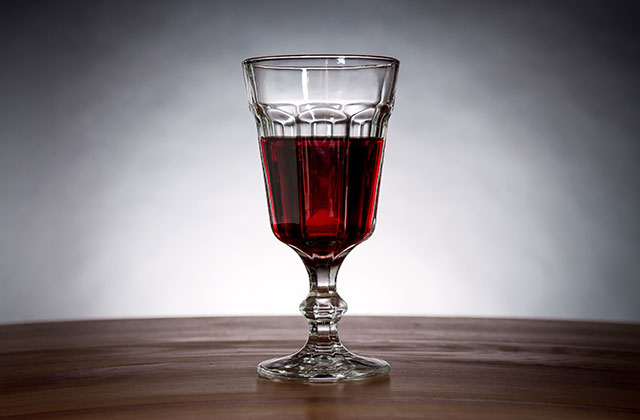Wine is the most unassuming of drinks, yet there are so many apprehensions about how to enjoy it. It is a simple beverage but given the vast number of choices, the difficult sounding names and the snobbery behind the serving, storage and the vocabulary, it is often side stepped for other alternatives. But, is wine so complicated?
Simply put, wine is fermented grape juice, filtered and filled into a bottle. Unlike many other strong alcoholic beverages there is no process of concentrating the alcohol by distillation. Wine carries mostly everything from the grape juice except maybe the sugar that gets converted into alcohol. The aromas and flavours which are masked by the high sugar in the juice, start expressing once the sugar is used up fully or partially by the yeast during fermentation. These aromas and flavours are signature profiles for the grape variety (ies) from which it is made.

Wines and India
How do you remember so many names of different grape varieties, their colours, aromas and flavours? It is a learning exercise and the more we drink and make mental notes, we build up on the knowledge, not much different from how we picked up facts on the diverse food that we have tasted since childhood. To start off, choose wines on the basis of colour – white, red and rosé (French for pink) wines. Many articles on red wines suggest that they are full of health benefits as they indeed are. But, for Indians not used to astringent tastes, red wines can be challenging. White wines and rosé wines work better with Indian food and the Indian climate. They are equally good for you as all wines are in limited doses of two to three glasses. Like food, begin with wines you like or enjoy.
Components of food
Wine has been the safest drink when water quality was suspect in Europe. This led to the brew becoming a mainstay of the food table. With experimentation over the years, the Europeans made their own general rules of food pairing. Indians love a little tangy accompaniment to food such as chutney, raita or pickle or even food made from sour raw materials such as green mango powder, tomatoes, gongura, kokum, etc. The tangy acid from the grape juice can add this dimension while having food. The main acid in grape juice is tartaric acid, the acid in tamarind along with some small amounts of citric acid, the acid in citrus fruits like lemon. The density of the wine, the sugar levels in the wine and the flavours also decide the pairing with the food. Indian food has a diversity of spices and the level of spices and heat changes from one home to another. This makes it difficult to have general guidelines for pairing with Indian food. We will look at some pairings in our next section, but the main rule is to keep experimenting and you would soon come to your own combinations.

How to start
What kind of wines do you need to buy to have with food? Though the number of wines available is limited, there is still a fair bit of choice to confuse the new wine drinker. 95% of wines drunk at the dinner table are simple wines, generally produced locally and not very expensive. They are easy to source and you could get good deals when you buy a few bottles. Indian wines are now available widely and many of them are priced reasonably. Buy such moderately priced wines for regular dinners and expensive wines for special occasions. What kind of glasses should you drink from? There are many glass shapes choice to muddle you – standard, tulips, flutes, big red wine glasses to tumblers. Go with standard wine glasses to start with and even feel free to drink out of regular water glasses too. Champagne or sparkling wines can also be served in standard wine glasses. Leave the fine judging of wines aside and enjoy the food, the wine and the company
Remember, you are just teeing off and you need to hit hard in the right direction to get as close to your goal of trying different wines and choosing what you like best.

